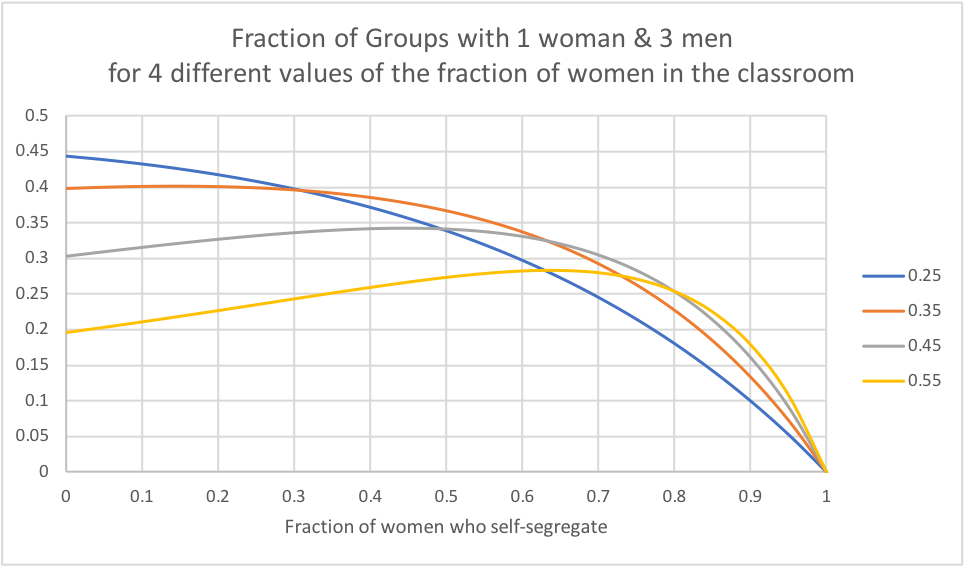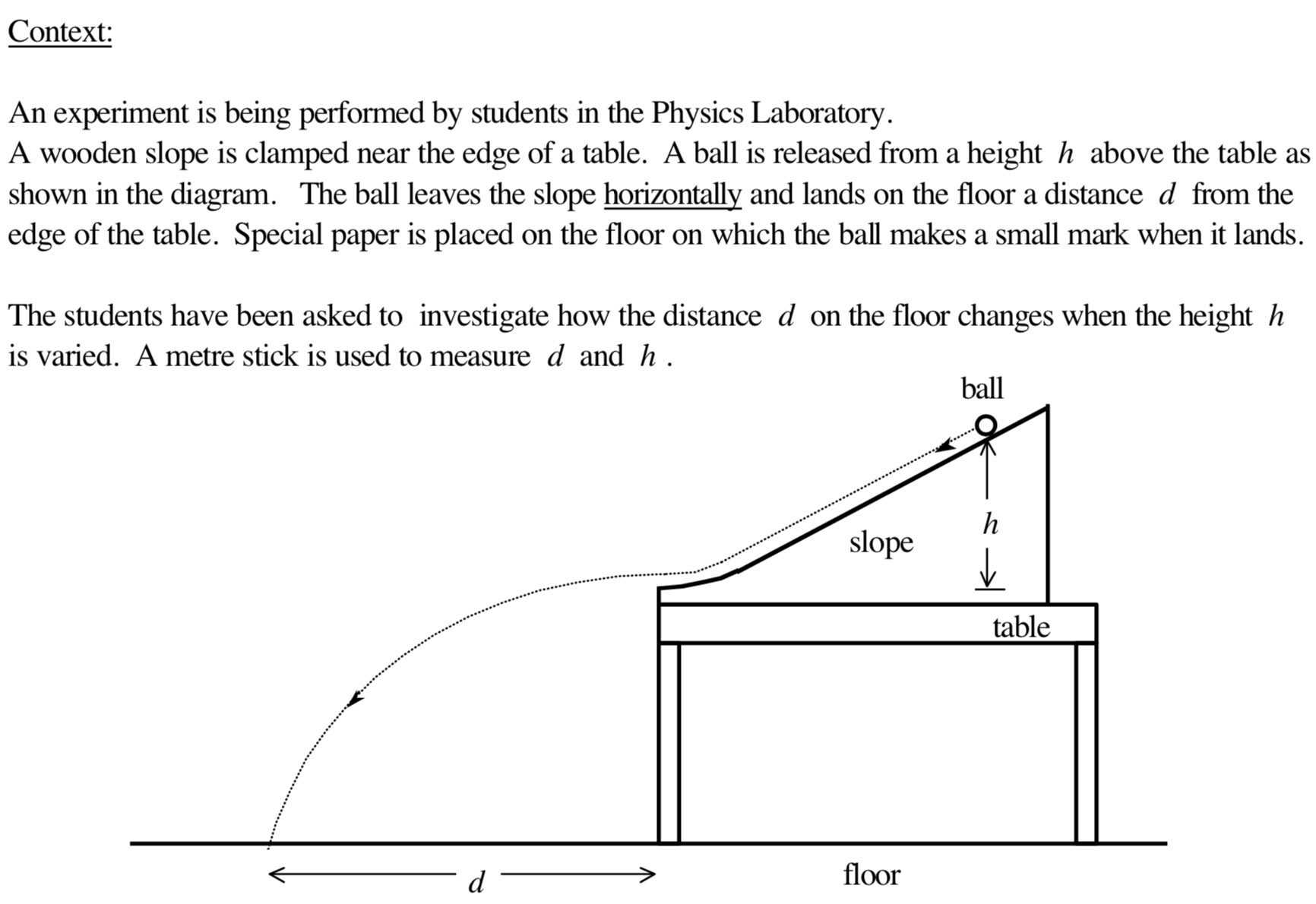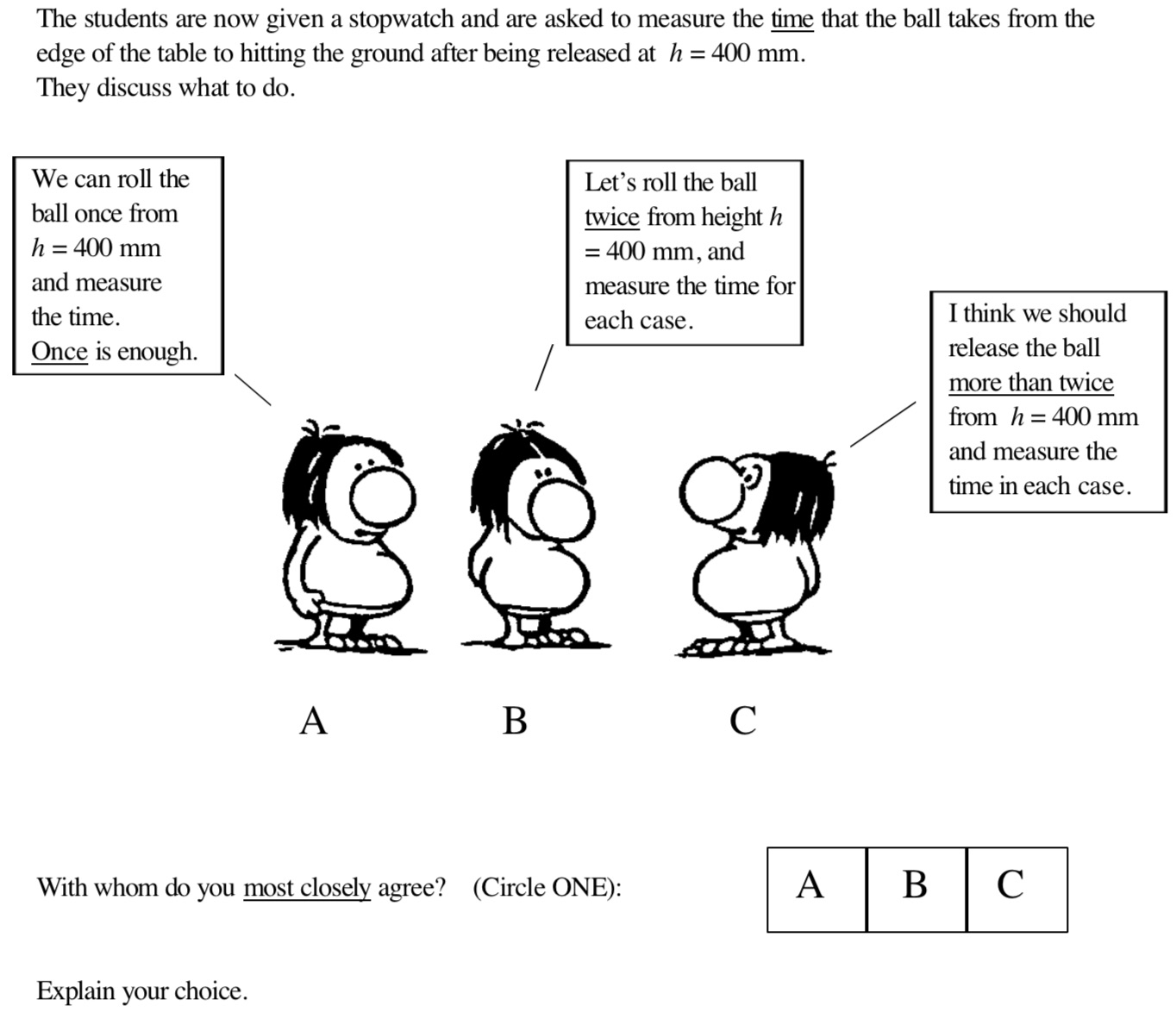Mylène diPenta’s tremendous insight into the role of power in our learning relationships has been resonating in my head for the past five years, and serves as inspiration for the work I describe in this post.
This semester, I sought to develop and implement a pedagogy in a large-enrollment introductory physics class that was (a) rooted in rich demonstrations, (b) relied on students’ own development of key concepts (like Modeling Instruction), and (c) empowered the students to construct their own curriculum. Here’s what I came up with as a learning cycle, which would last about 2 weeks:
- I demonstrate an interesting phenomenon in class
- Students engage in sense-making and model construction in small groups
- In real-time, student groups will share back their scientific theories and emergent questions related to the phenomenon
- I do some chalk talk to pool together the students’ ideas and also to standardize notation
- I also work through a couple examples of ways that the ideas could be transferred to different contexts
- Students go back to their groups and work through a couple practice problems
- Students work in groups to propose (a) a statement of a learning objective related to this phenomenon, and (b) a couple examples of ways student understanding could be assessed
- A consensus learning objective is recorded, shared, and added to the syllabus; also, I use the assessment proposals to compose a homework assignment for individual practice
- Students generate a list of questions based on their curiosity about extensions to the phenomenon, which gives me some ideas to prepare for the next interesting phenomenon
I tried this out for a couple months. We made it through units on simple harmonic motion, electric charge and forces (Coulomb’s Law), and electric fields (including integrating continuous charge distributions, but not Gauss’s Law). However, it has become apparent that this learning cycle wasn’t effective in my context. Here are some reasons why:
A. We lost four days of instruction to inclement weather, which meant I needed to rush a bit to address all the concepts that are required in this course for the engineering students’s professional accreditation. This learning cycle is very slow. I’m okay going slower and covering a bit less ground if it means students will learn better, but the learning gains weren’t apparent, and this was just dragging out too much.
B. The students weren’t engaging in the depth of reflection that I was hoping for when they wrote their learning objective proposals and examples.
C. I ran into a bit of a wall trying to come up with rich, multifaceted demos for the next few concepts, such as Gauss’s Law and electric potential. I think that a demo-led pedagogy is possible, but it’s gotta have some really good demos. Additionally, the lecture hall is some distance from my office (which limits how much, and what, I can lug over), and it is sometimes challenging to pull together rich demos as an interloper in the department, here.
I think that portions of what I attempted here will be useful for the future, but overall I’m going to call this one unsuccessful. Fortunately, there’s plenty of time left in the semester to pivot toward something that will work better for the students. I’m going back to lectures that include solving problems and some time for students to turn and talk about concepts and practice solving problems, in class. This course also has a 2-hour tutorial session on alternating weeks, so I get some time for the students to dig into some small-group problem-solving: that has been tremendously valuable for helping that all of the students are getting some practice with the key skills and ideas, regardless of what happens in the lectures.







